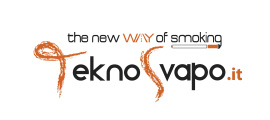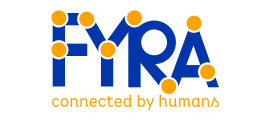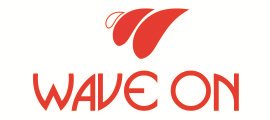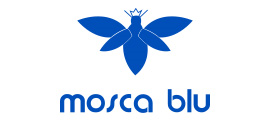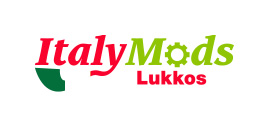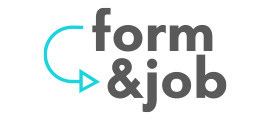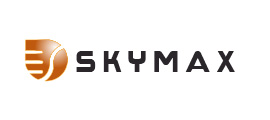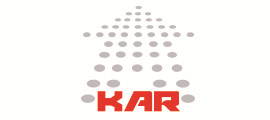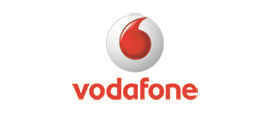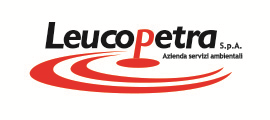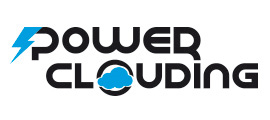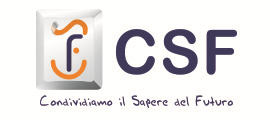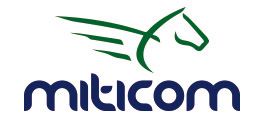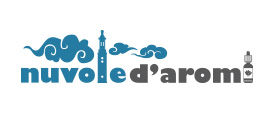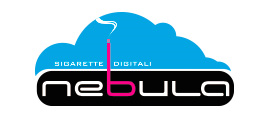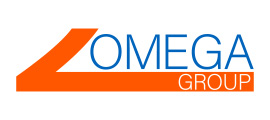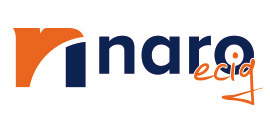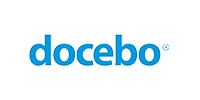Glossary
Un glossario chiaro, essenziale ed accurato, per aiutarti a comprendere meglio il linguaggio del marketing e della pubblicità.
Glossaries
| Term | Definition |
|---|---|
| tROAS | tROAS is the acronym for Target Return On Ad Spend. It is an automated bidding strategy (Smart Bidding), primarily used on platforms like Google Ads, that automatically adjusts bids to maximise conversion value rather than just the number of conversions. The advertiser sets a desired percentage return, and the algorithm attempts to achieve that average ROAS (Return On Ad Spend). |
| TOFU | TOFU is the acronym for "Top of the Funnel." It represents the initial, and widest, stage of the Marketing Funnel. In this phase, the user has just become aware that they have a problem or a need and begins to search for generic information to understand it better, without yet being aware of specific solutions or the brand. |
| tCPA | tCPA is the acronym for Target Cost Per Action (or Target Cost Per Acquisition). It is an automated bidding strategy (Smart Bidding) used on digital advertising platforms, such as Google Ads. With this strategy, the advertiser sets the average cost they are willing to pay for a specific "action" (such as a sale, a sign-up, or the completion of a form). The platform then uses machine learning to automatically adjust bids in real time, with the goal of generating the maximum number of conversions possible at that average cost. |
| SKAG | SKAG is the acronym for "Single Keyword Ad Group." It is a PPC campaign structuring strategy, historically widely used on Google Ads, which involves creating a distinct ad group for every single keyword (or for an extremely narrow keyword theme, including its match-type variations). |
| SGE | SGE is the acronym for "Search Generative Experience." It refers to the new generation of Google's search interface, which integrates Generative Artificial Intelligence (AI) directly into the results page (SERP). Instead of simply showing a list of links, SGE presents an "AI Snapshot" (a box generated by the AI) at the top of the page, which summarises the information, answers the user's question directly, and offers suggestions for conversational follow-ups. |
| SERP | SERP is the acronym for "Search Engine Results Page." It is the web page that a search engine (such as Google, Bing, etc.) returns to the user after they have entered a query (a keyword or a phrase). The SERP is not a static list; it is a dynamic and complex interface, made up of various types of results. |
| ROAS | ROAS is the acronym for Return On Ad Spend. It is a crucial marketing metric (KPI) in digital marketing that measures the gross revenue generated for every pound spent on a specific advertising campaign. In short, it answers the question: "How many pounds do I earn for every pound I invest in advertising?" |
| Retention | Customer Retention is the full range of activities and strategies implemented by a company to retain its customers over time. As a metric, the Retention Rate measures the percentage of customers who remain active (e.g. continuing to purchase or renewing a subscription) within a defined period. |
| Flagship Product | The "Flagship Product" is the leading article in a company's offering. It is the most representative, technologically advanced, or qualitatively superior product in the entire range. It is the item on which the company concentrates its main innovation and communication efforts, as it embodies the brand's identity, values, and excellence. |
| PPC Specialist | The PPC Specialist is the professional expert in the planning, management, and optimisation of digital advertising campaigns based on the Pay-Per-Click (PPC) model. This professional designs strategies to generate traffic, leads, or sales through platforms such as Google Ads (for Search Network, Display, Shopping, YouTube) and often also on Social channels (e.g. Meta Ads, LinkedIn Ads). The primary objective is to maximise the Return on Investment (ROI) of the client's or company's advertising budget. |
| PPC | PPC, the acronym for Pay-Per-Click, is a pricing model used in digital advertising in which the advertiser pays a fee every time a user actually clicks on their ad. Rather than paying for the mere display of the ad (as in the CPM, Cost-Per-Mille, model), the cost is generated only by a specific action of interest. It is the underlying model for most Paid Search campaigns (such as Google Ads) and many social campaigns (e.g. Meta Ads). |
| Position Zero | Position Zero (or "Zero Position") is the first result displayed by Google on the Search Engine Results Page (SERP), positioned above the traditional first organic result. It is not a conventional link but a special box that extracts a portion of content from a web page (such as a paragraph, a list, or a table) to answer the user's question directly. Its most common technical name is the Featured Snippet. |
| Paid Search | Paid Search is the branch of digital marketing that involves buying sponsored visibility within Search Engine Results Pages (SERPs). Instead of 'earning' a position through organic optimisation (SEO), advertisers pay to have their ads (usually text-based) appear when users search for specific keywords. The most common payment model is Pay-Per-Click (PPC), where you only pay if the user clicks on the advertisement. |
| One to one | One-to-one marketing is a strategic approach that focuses on personalising interactions with individual customers, treating each of them as a market in their own right. Instead of creating a single message for a mass audience, this strategy uses collected data to tailor products, services, and communications to the specific needs and preferences of each individual. |
| MOFU | MOFU is the acronym for Middle of the Funnel. It is the intermediate stage of the Marketing Funnel, positioned between TOFU (Top) and BOFU (Bottom). In this phase, the user has moved past simple problem awareness (TOFU) and is actively assessing and comparing the various solutions available. |

 IT
IT  EN
EN 

